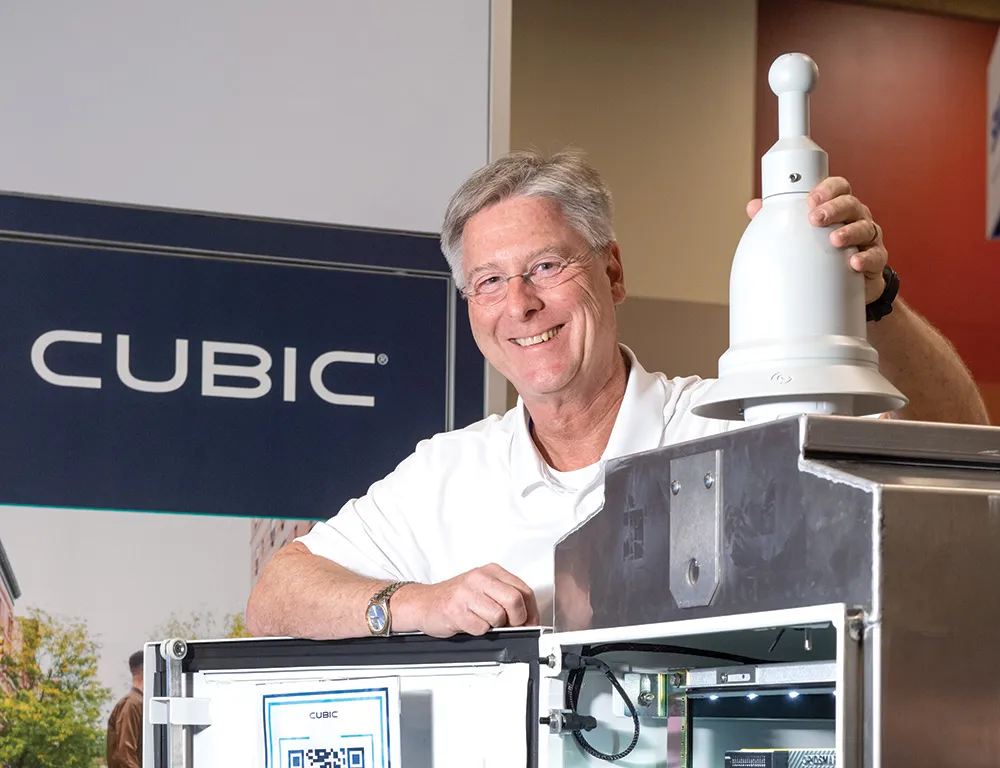Kimley-Horn is displaying a new travel time data collection platform at ITS America in Detroit, showing how crowd-sourced information can fill the gaps on roadway corridors that have little or no communications infrastructure to support remote monitoring. The cloud-based software, called Traction, provides data and analytics for user-defined routes, crowd-sourced travel times and high-level system indicators. The User Trip Module records vehicle travel times in second-by-second intervals - collecting speed,
June 7, 2018
Read time: 1 min

Booth 442










